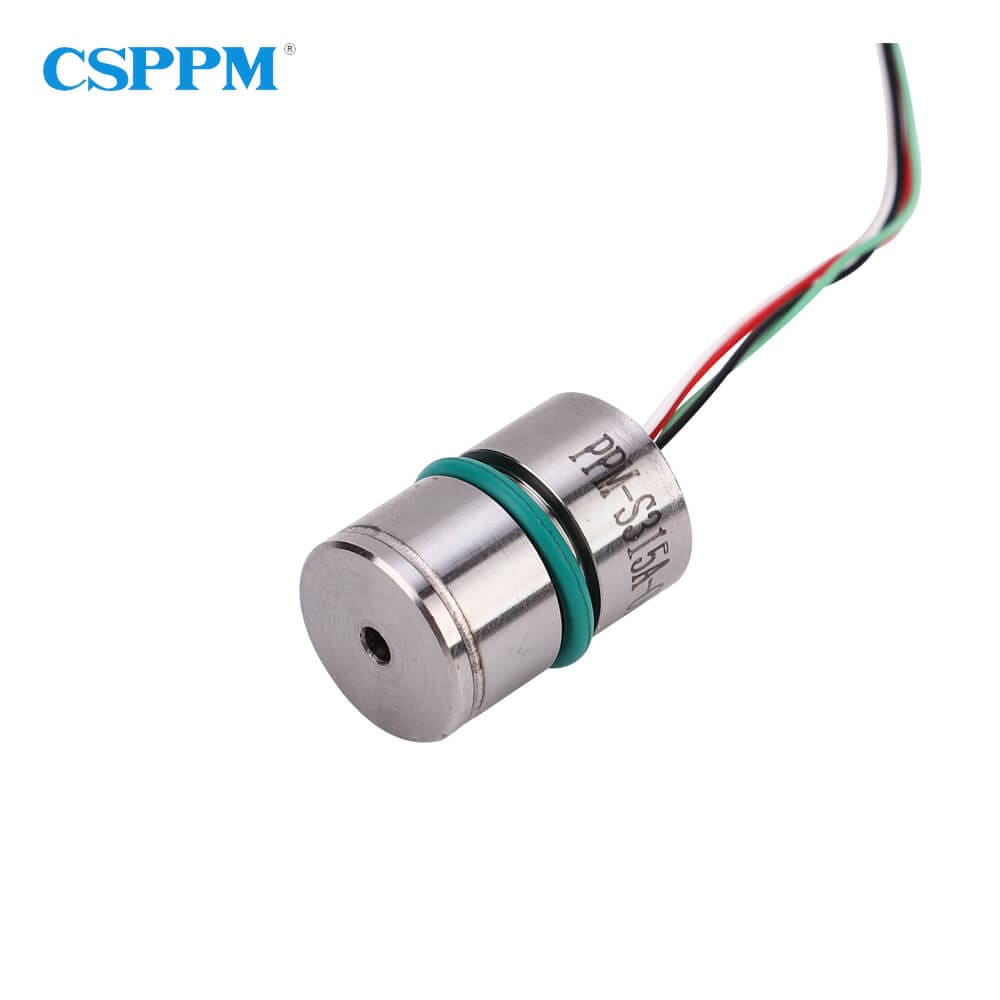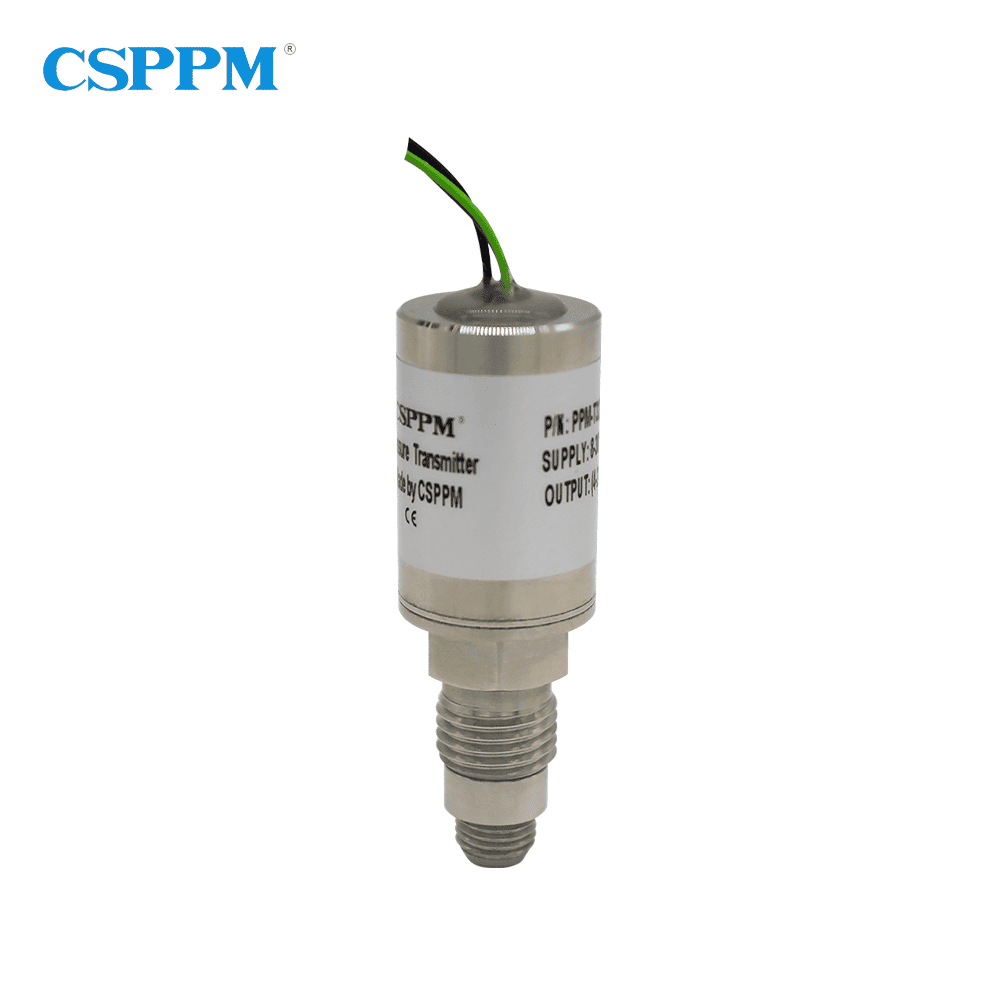Introduction: The Challenge of Measuring Extreme Environments
Imagine a scenario where you need to monitor pressure in an industrial process that operates at extreme temperatures — what a daunting task that seems, right? The necessity for a reliable high temperature pressure sensor is undeniable, especially in manufacturing or chemical processing. These environments are not just challenging but can be immensely costly when failures occur. High temperature pressure sensors become imperative in ensuring the safety and efficiency of processes. But why do failures always occur during measurement under harsh conditions? It’s time to uncover the flaws and explore innovative technologies that can save both time and resources.

Traditional Solution Flaws
Traditional pressure sensors often fall short when exposed to high temperature conditions. These sensors, designed for standard environments, face issues like inaccurate readings and reduced lifespan in extreme heat. This inadequacy can lead to costly downtimes and even hazards in industrial settings—look, it’s simpler than you think. What if there’s a solution that not only measures accurately but also thrives under such harsh conditions?

New Technology Principles
The emergence of advanced materials and innovative design principles has led to the development of high temperature pressure sensors that can withstand the harshest environments. These sensors utilize robust materials designed for durability and biocompatibility, ensuring they operate efficiently. Employing edge computing nodes allows for real-time data processing and monitoring that can’t be matched by older systems. Innovation leads to reliability; it’s a game-changer.
Quantified User Benefits
When adopting high temperature pressure sensors, users often experience tangible benefits. Enhanced accuracy in pressure readings results in optimized processes, which leads to reduced operational costs and increased safety. Additionally, their longevity implies lower maintenance costs over time. Companies report savings due to significantly fewer errors and equipment failures—who wouldn’t want that?
Conclusion: Your Evaluative Path to Success
Choosing the right pressure sensor isn’t just about selecting technology; it’s about ensuring it meets specific needs. Always verify these 3 metrics when choosing solutions: ① Temperature range compatibility ② Material resilience ③ Real-time monitoring capability. With informed choices, your operational efficiency can significantly improve.
Understanding High Temp Pressure Transmitters
A high temp pressure transmitter can be a critical tool in industries where temperature management is key. These transmitters ensure accurate pressure readings, even in extreme conditions. When considering your options, always look for transmitters specifically designed to handle high temperatures, like the high temp pressure transmitter. This is crucial for applications in environments such as power generation and oil refining.
Exploring Cryogenic Pressure Sensors
The role of a cryogenic pressure sensor cannot be overstated, especially in industries involving liquefied gases. Precision in pressure measurement at extremely low temperatures is vital for safety and operational efficiency. When evaluating your needs, think about integrating a reliable cryogenic pressure sensor. This ensures that your processes run smoothly, and you avoid the significant risks associated with inaccurate measurements.
Final Thoughts on Pressure Sensing Solutions
In summary, when exploring high temperature and cryogenic pressure sensors, user safety and reliability are paramount. The innovative solutions provided by manufacturers like CSSPM Sensor stand out for their supply advantages and advanced technology offerings. Choosing the right sensor can transform your operations, contributing to increased safety and efficacy in your procedures.

